Robinson v Furlong: a case study in witch-hunting
A Canadian historic-abuse case holds lessons for today’s witch-finder generals.
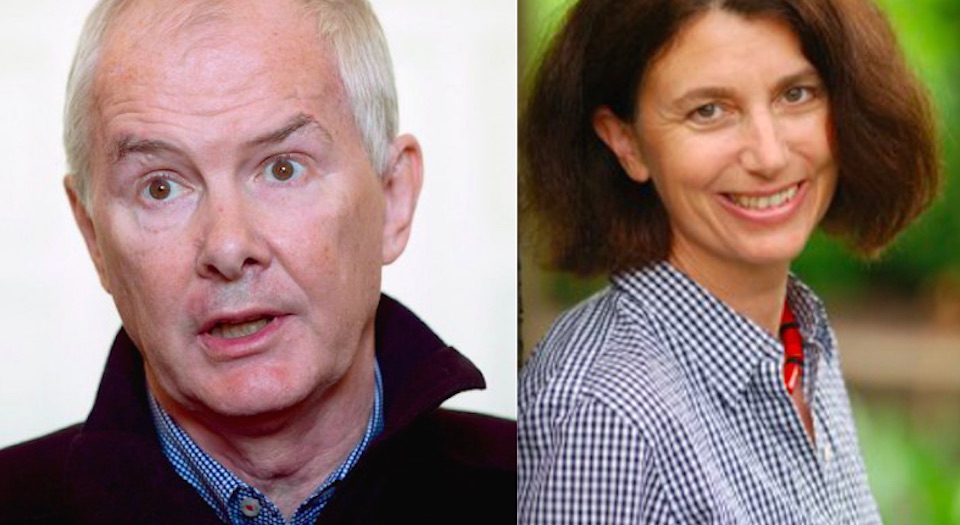
Want unlimited, ad-free access? Become a spiked supporter.
Last week, the National Society for the Prevention of Cruelty to Children (NSPCC) hosted a debate at its London offices called, ‘Have historical child-abuse cases become witch-hunts?’. Cue cries of horror from some rape-crisis centres and certain self-styled survivors on social media, outraged that the NSPCC could be responsible for hosting such a debate.
The discussants were police commander Peter Spindler, responsible for overseeing the Metropolitan Police’s Yewtree investigation into historic allegations of sex crime involving the late Sir Jimmy Savile and others, and David Aaronovitch, a columnist at The Times, who has written critically about the hysteria generated by claims of a VIP paedophile network operating at the heart of Westminster.
Part of the discussion generated among the floor concerned the problem of calling those who complain of sexual offences ‘victims’ from the outset. If the police regard (and speak of) such people as ‘victims’, doesn’t this risk skewing the entire investigation, as well as encouraging false accusations? This is a serious matter, and critics of the Yewtree approach maintain that it has further unbalanced a justice system that is already tilted in favour of prosecutors.
So how should police and, importantly, journalists go about investigating such sensitive and controversial matters as allegations of historic abuse? A recent libel action in Canada is instructive in this regard on just how badly things can go wrong. The case is called Robinson v Furlong and was decided on 18 September.
The 74-page judgement recounts an extraordinary saga, where one investigative reporter, named Robinson, went on a hugely damaging witch-hunt, generating a hornets’ nest of false allegations. Robinson was driven by a misplaced sense of social justice. She then sued her quarry Furlong for libel! She sued him after she had repeatedly accused him of historic abuse, and he had issued a series of stinging rebuttals, in which he accused her of acting irresponsibly and maliciously.
Furlong is a Catholic Irishman. He emigrated to Canada with his family in the mid-1970s, having previously worked as a teacher for a while in Canada, as a young man. He was president of the Vancouver 2010 Bid Corporation, which succeeded in bringing the Winter Olympics to Vancouver. He was named as one of 25 Transformational Canadians in 2010, and is an inductee of the BC Sports Hall of Fame.
Robinson is a former distinguished athlete in the fields of cycling, skiing and rowing. She has written five books on issues in sport. Her work has been published in international media, and she has produced several documentaries. She has written extensively about gender and race disparity in sport; has coached and mentored First Nations communities; and is described as ‘an advocate, thought leader and mentor’.
In 2009, Robinson had a tip-off that Furlong had beaten kids up at a residential school where he had worked. She could find nothing to substantiate this allegation, and dropped the issue. Then, in 2011, she was asked to review Furlong’s autobiography, Patriot Hearts, and discovered that he had originally been sponsored in Canada by an order of Catholic missionaries known as Frontier Apostles, which taught in a number of Catholic schools in remote British Columbia, and whose pupils were mainly First Nation or Aboriginal children.
The development of a working hypothesis
Robinson became preoccupied by the idea that Furlong had concealed this part of his past in order to obtain the good will of the First Nations communities, in whose territory much of the Winter Olympics 2010 were to be held. She published a critical review voicing that unkind thought, and called his book ‘one big propaganda exercise’. She also published a hostile article called ‘Sins of omission’. She was then contacted by a stranger, who said she should look into Furlong’s time at Immaculata School in Burns Lake, where he had, allegedly, beaten two pupils.
He offered her the name of a friend of one of the former students, a Ms Hogan. She claimed to have witnessed a meeting between Furlong and a former student, who had previously recognised Furlong after seeing him on television. At this meeting, which did occur, it appears that the student had accused Furlong of beating her, and that Furlong had denied it. This encounter was shortly before the Winter Olympics were due to open. Ms Hogan’s partner, a lawyer, then told Furlong that ‘for $5,000 the complaint of the former student could possibly go away’. Furlong viewed this as a direct threat and called the police.
Robinson spoke by telephone to various individuals in Burns Lake. She then emailed Furlong’s lawyer:
‘There have been so many alleged abuse incidents committed by Mr Furlong against former students it would be impossible for him to have forgotten about the abuse though he may have forgotten the names of the children as they were many.’
Telegraphing her intention
Robinson then arranged to travel to Burns Lake to investigate further. She drafted a notice, which was posted at the local post office and the local band office, signaling her intentions in the following terms:
‘Did you attend Immaculata School or Prince George College? A journalist who is investigating abuse at both schools will be at the Burns Lake band office on Saturday, 21 April from noon until 6pm. Lunch provided.
Please come and tell your story in confidence or leave your contact info and she will contact you.
She is interested in students who attended between 1969 and 1976 and had John Furlong as a phys ed teacher or had relatives who had him. He was a tall man from Ireland and a Frontier Apostle.’
The announcement ended with this quote: ‘No legacy is so rich as Honesty – William Shakespeare.’
Thirty-five individuals attended. Robinson was an hour late. None of the attendees gave evidence, so it is impossible to know what was discussed in the hour they spent together, before she turned up. Robinson then met with each attendee separately. She did not record her interviews. Most had nothing to say about Furlong; rather, they complained generally about their experiences as First Nations children in a school system, which they found uncaring. Seven, however, did accuse Furlong of physical abuse, and one, named Beverley Abraham, accused him of sexual abuse.
Robinson returned home armed with eight initialled statements, and offered this ‘massive, massive story’ to a local paper. It agreed to run it, provided she got sworn declarations from the eight accusers. The editor voiced some concern, warning her that her emails were discoverable and stating, ‘I would have preferred to be involved at the outset because methodology is important, particularly in British Columbia’. He did not know what interview questions Robinson had used to elicit the responses recorded in their statements. But Robinson got the sworn affidavits.
‘I believe…’
Robinson then started asking questions of members of the Olympic Committee and others, including the mayor of Vancouver, about how Furlong came to be appointed. She told the mayor that Furlong’s appearances on television had upset many people in Burns Lake, triggering flashbacks and depression. She asked: ‘What can the city do to address this problem?’
Robinson also asked Abraham if she was going to sue, and to go to the police. By then, it was summer 2012 and Robinson was due to travel to the 2012 Olympics, so she was under pressure. She even helpfully did some maths for Abraham, emailing her, ‘if you went to kindergarten at age five in 1963, you would have been 11 in the spring of 1968; 12 in 1969.’ After more contact with Abraham, she learnt that Abraham was seeing the police. After contacting the police to check she had been to see them, Robinson then filed a draft article.
She passed her claims to a number of editors, writing to one:
‘I believe the complainant – I watched as she broke down more than once while she told me what he did. The other three girls he kept after phys-ed class (they were kept individually) started drinking with the complainant when they were 12. Other three committed suicide.’
Unsurprisingly, she had also sent Furlong’s lawyer the affidavits. His lawyer maintained that there was not a word of truth in any of the allegations. Various news outlets were understandably nervous about running the claims, and so her article was edited. Part of her story was about her efforts to get the Winter Olympics Bid Corporation to state what ‘due diligence’ it had carried out before hiring Furlong. She sent emails about her claims to 180 journalists, organisations and news outlets. One paper published the story on 27 September 2012, alleging physical and emotional abuse of former pupils; and a later version of the story also included the allegation of sexual abuse.
Furlong and his lawyer decided to call a press conference the same day, to put his position on the record. By then, they had issued many warnings to Robinson that the claims were denied in their entirety. At the conference, Furlong accused her of a ‘shocking lack of diligence’ and ‘inaccurate reporting’ which ‘recklessly’ challenged his character. He explained about the demand for money, which he had reported to the police, and said, ‘this feels very much like a personal vendetta’.
According to Robinson, many more former students of Furlong then contacted her and the newspaper. By November, she wanted to run a follow-up. She contacted an organisation Own the Podium (OTP), which was standing by Furlong. She wrote: ‘There is a great deal of confirmation that Mr Furlong was violent and a racist… How many First Nations people have to come forward about Mr Furlong’s abuse before OTP believes them?’ By then, Robinson was investigating whether Furlong had been violent to the women in his life, and was writing to OTP demanding answers on this from the CEO of OTP.
Furlong sued Robinson for defamation. She responded, making a raft of new accusations of rape and repeated domestic abuse of his former wife Margaret and another former partner. She posted her response on the internet.
Furlong’s family, including Margaret, his children, his new wife and his 11 grandchildren, fought back. They issued a statement saying the claims were completely untrue: ‘These shocking allegations are without merit and portray a character whom none of us recognises… The public should be deeply concerned at the power of a single journalist whose words can smash into a family like a wrecking-ball.’
Robinson’s campaign against Furlong – for that was what it had become – continued. She emailed several organisations with which he was involved, stating that she was presenting a conference paper at a meeting in Denmark, where she planned to report on the Canadian sports communities’ response to her abuse allegations. She sought answers to various questions, given that they had not asked Furlong to stand aside. How, she demanded, had they determined that Furlong remained a man of integrity, and that the First Nations accusers were not telling the truth?
Robinson prepared and presented her paper, Truth, Lies and History: John Furlong and Canadian Sport’s Moral Vacuum to the Denmark conference. By then, the complainants making allegations of sex abuse had risen to four, according to her.
‘Enough is enough’
Furlong then dropped a bombshell. The police had told him they would not be pursing Abraham’s claims, saying that, in their view, they could not be substantiated. Her story contained many troubling inconsistencies. Names and dates, among other information, had changed each time the police interviewed her. Her account to the police also differed from that she had given Robinson previously.
Furlong issued a press release stating that he intended to pursue Robinson, whom he called ‘the source of these lies’, stating that she had a two-decade-long record of inaccurate writing, and that her words had hurt innocent people. He accused her of harassment, and of using the courts as a platform for her campaign of ‘horrendous and false accusations’. So Robinson sued him for libeling her. Abraham then sued Furlong, along with two other (alleged) former students.
These claims by the former students fell by the wayside. It emerged that one of them, Grace West, had never attended the Immaculata School where Furlong had worked. West’s lawyer withdrew, and her claim was struck out. Abraham (who had introduced West to Robinson) then withdrew her claim.
That left a Daniel Morice, who had accused Furlong of rape. His lawyer had also acted for West, but rapidly withdrew from Morice’s case, too. Morice’s claim was struck out after his non-compliance with court orders; a series of abusive and obscene messages to Furlong’s counsel; wrongful threats to cause Furlong physical harm; and even attempts at blackmail (Morice falsely claimed to have photos of himself and Furlong which he would take to the press, but the court found these did not exist). The crunch came when the courts learnt that Morice had previously received compensation for abuse at another school, during the time when he now claimed Furlong had abused him at Immaculata!
Expert evidence
When Robinson’s libel suit against Furlong was heard, each party called an expert. Robinson called Mr Miller, a senior newsroom editor at the Toronto Star. He said it was acceptable for a journalist to have a working hypothesis about where a story was headed. He had not heard of the phenomenon of confirmation bias, but agreed that a journalist should seek out as many persons as possible to obtain all sides of an issue, which could disprove the hypothesis. He had not worked on any historic-abuse investigations.
Furlong called a psychologist and expert in memory science called Dr Yuille. He had conducted research into human memory for over 50 years and had written textbooks on standard practices for investigating childhood-sexual abuse. He had been engaged in training personnel involved in such investigations, from social workers to police officers.
Dr Yuille said, ‘interviewer bias is the single most serious obstacle to determining the truth in an investigation into childhood abuse. An investigator must not begin his or her investigation with a single hypothesis. He or she must formulate alternative hypotheses or possibilities – for example, that the abuse happened; that it did not happen; that a person other than the one accused committed the abuse; and so on. Abstaining from a single hypothesis ensures that the gathering of evidence is done by asking questions that are not leading or suggestive of the information the interviewer is seeking to obtain.’
He was asked to consider the notice that Robinson had posted in Burns Lake before her arrival. He said:
‘Such an approach was fundamentally flawed because it identified, before the interviews, the alleged perpetrator, the nature of the behaviour being investigated and the time frame and place in which the behaviour occurred. These are crucial facts that must come from the persons being interviewed in a non-leading, non-suggestive way. When these facts are provided in advance, it is impossible to obtain a spontaneous story. The interviewer cannot know with any certainty whether the story came from the person’s memory or the information provided in advance of the interview.’
As for the gathering of witnesses ahead of her arrival, he said that it is basic investigative protocol to ensure that witnesses do not interact with one another before the interview as they can, and will, unwittingly contaminate one another’s memories. And unless investigations are carried out in this way, an investigator cannot be confident that the information obtained is reliable. Using a particular hypothesis for an abuse investigation is dangerous, because it gives rise to the risk of confirmation bias.
Sister Melling, a nun who had been principal of Immaculata School, also testified. She remembered Furlong. He had never used the strap on a pupil. She introduced a punishment record book and discovered that a teacher had used the strap frequently on a student. She put a stop to this. It was not Furlong. Robinson had not contacted Melling, whose name was in the Vancouver telephone directory.
‘There are lots of journalists in hell’
The judge was critical of Robinson’s techniques. She had telegraphed her intentions ahead of the interviews. She had not recorded them. She did not seek independent verification of their claims. She had not taken the basic precaution of checking whether complainants had even attended Immaculata School, during Furlong’s time there. She failed to see that, while the complainants might believe their own stories, the issue was whether their memories were in fact reliable.
The court shared Dr Yuille’s concern about confirmation bias, saying that an investigator should attempt to disprove a hypothesis as vigorously as he attempts to prove it. This view is supported by Lee Hunter et al, the authors of Story-Based Inquiry: A Manual for Investigative Journalists (UNESCO, 2011), who say that hypothesis-based investigations can dig a deep grave for the innocent.
The judge noted that when subjected to even minimal testing, the claims of West, Abraham and Morice all foundered. She rejected the idea that historic-abuse investigations merit laxer standards. She rejected Robinson’s argument that the damage to Furlong’s reputation was done solely by the accusers: it was Robinson who set out to elicit their accusations. They had not come forward of their own accord. Robinson was not simply a conduit – she added her own personal attacks on Furlong to the reports and claims she made.
Moreover, she had bombarded various organisations, demanding to know how they intended to resolve the claims against Furlong, though by what process they were expected to do this, she never explained. Given the gravity of her accusations, Canadian law permitted Furlong considerable latitude in his response: the Queensberry rules did not apply. He was entitled to go on the offensive. His responses to her campaign were made in good faith and were relevant.
Moreover, by using the court process to ventilate fresh allegations under cover of litigation privilege, Robinson had misused it. She had also encouraged Abraham to go to the police. Robinson was invested in the police taking Abraham’s complaint seriously.
Case dismissed. The lessons for abuse investigations in the UK are obvious, however. Many historic-abuse cases kick off with a journalistic exposé, followed by national appeals from campaigners and state agencies for more ‘victims’ to come forward. We have become inured to the pre-identification of an alleged perpetrator, the nature of the behaviour being investigated and the timeframe and place in which it (allegedly) occurred, followed by a proliferation of complaints, which are taken to be mutually reinforcing. This cautionary tale from Canada on how not to witch-hunt should be required reading for UK journalists, media organisations, judges and law-enforcement agencies.
Barbara Hewson is a barrister. Her views here are personal.
£1 a month for 3 months
You’ve hit your monthly free article limit.
Support spiked and get unlimited access.
Support spiked – £1 a month for 3 months
spiked is funded by readers like you. Only 0.1% of regular readers currently support us. If just 1% did, we could grow our team and step up the fight for free speech and democracy.
Become a spiked supporter and enjoy unlimited, ad-free access, bonus content and exclusive events – while helping to keep independent journalism alive.
———————————————————————————————————————————–
Exclusive January offer: join today for £1 a month for 3 months. Then £5 a month, cancel anytime.
———————————————————————————————————————————–
Monthly support makes the biggest difference. Thank you.
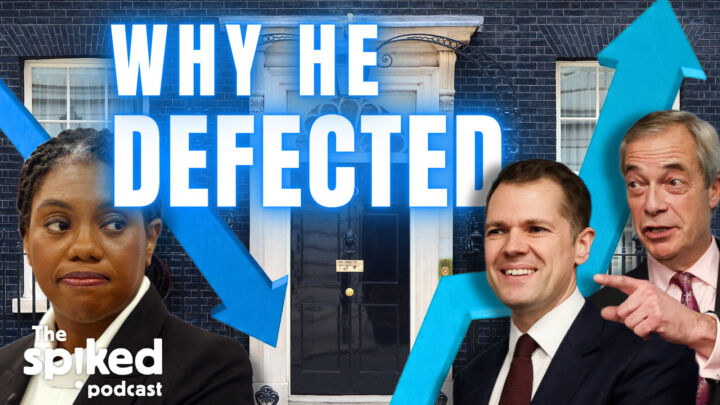
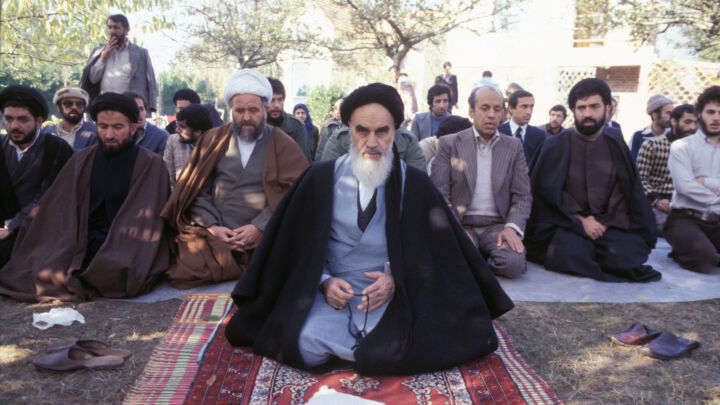
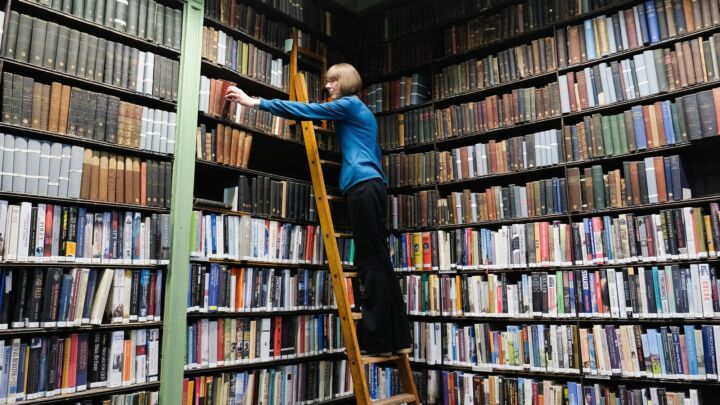
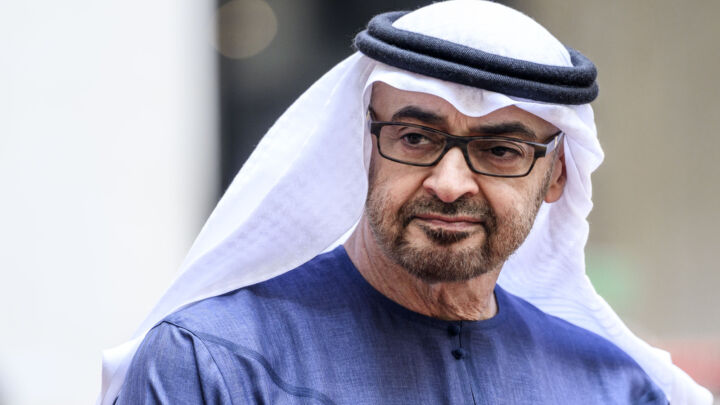

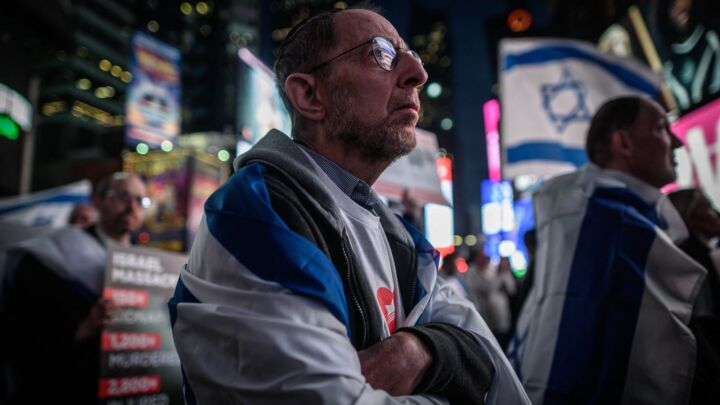
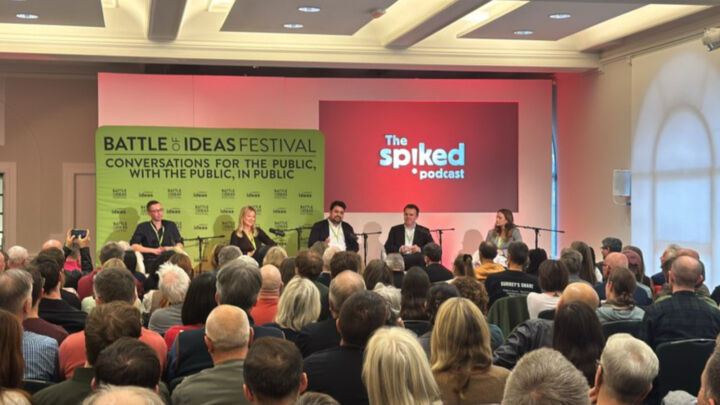
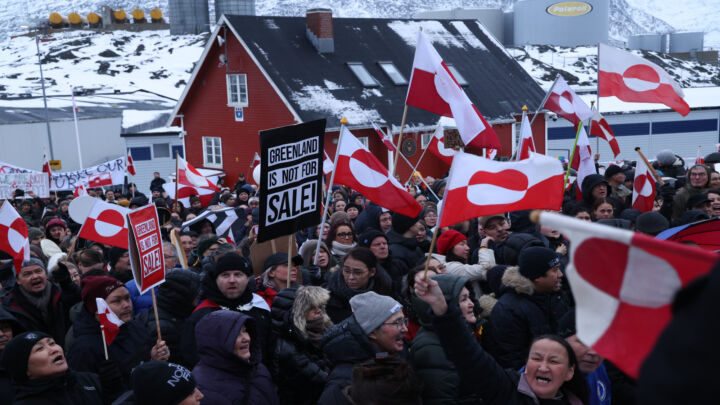

Comments
Want to join the conversation?
Only spiked supporters and patrons, who donate regularly to us, can comment on our articles.